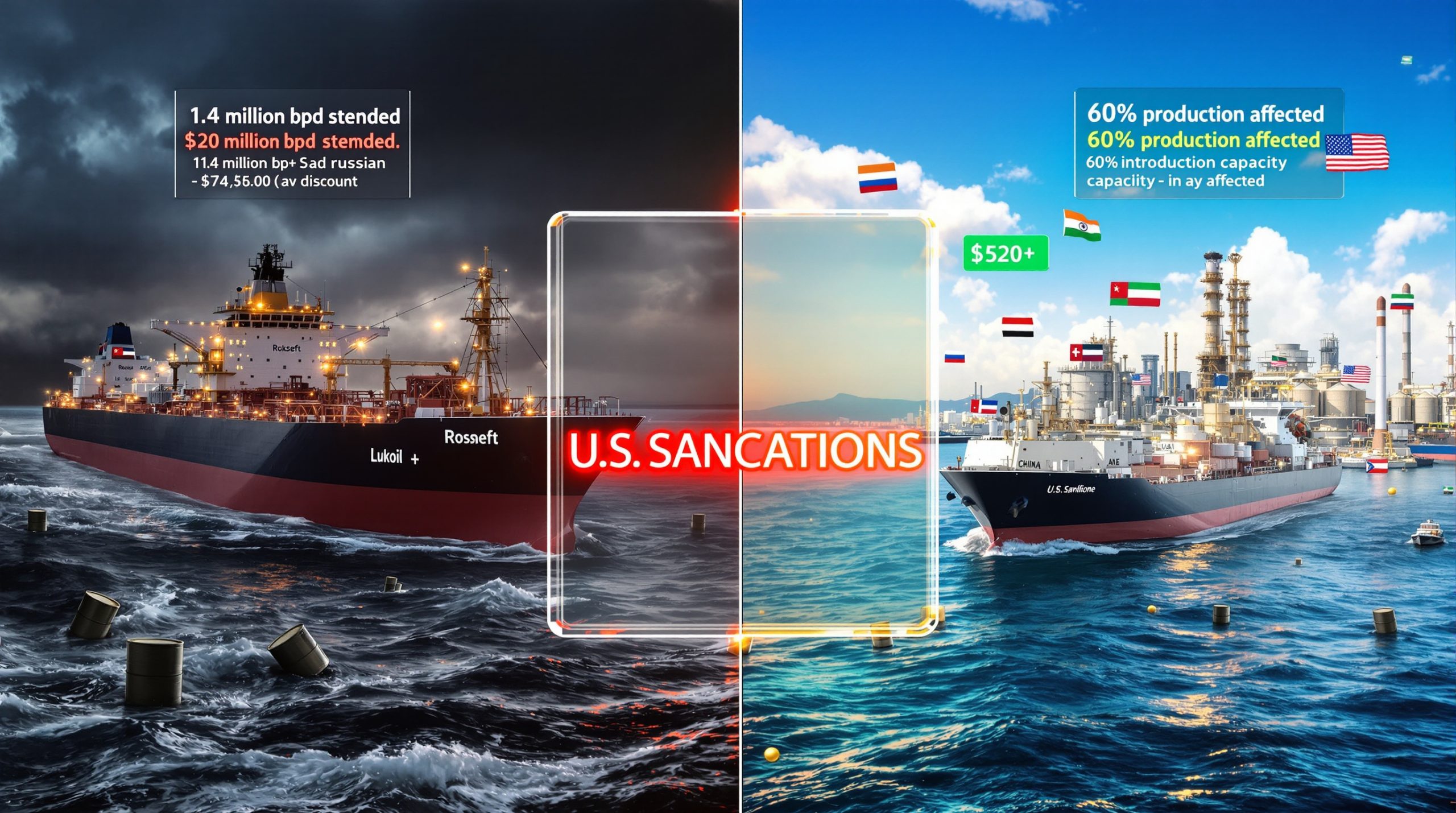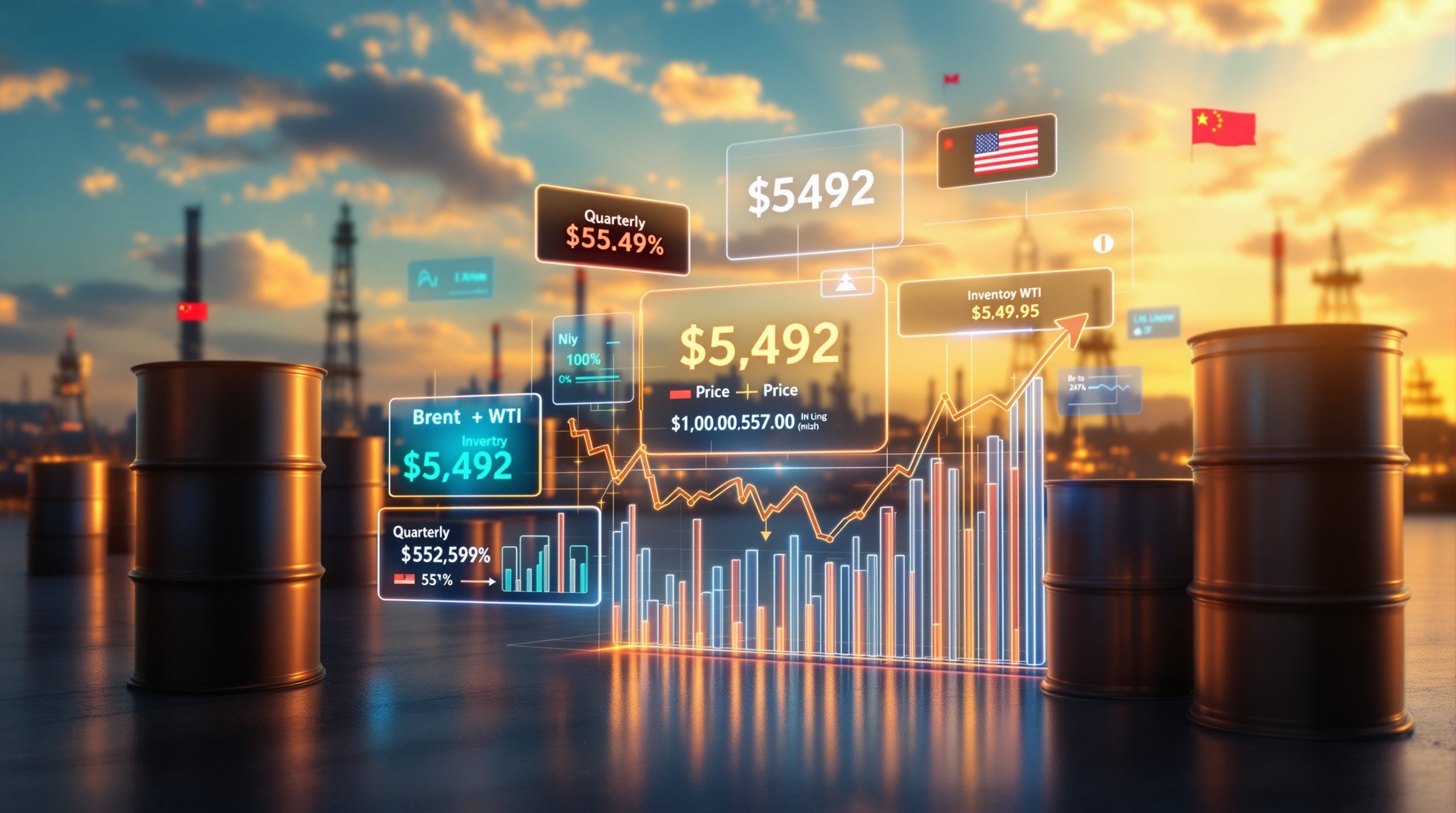What Is Driving the Transition to Low-Carbon Materials?
The global push toward decarbonizing heavy industries has reached a critical juncture, with significant momentum building around the production of low-carbon materials and financing. This transition is fueled by climate imperatives, policy pressures, and growing recognition of the competitive advantages of sustainable manufacturing processes. Furthermore, the decarbonisation mining benefits create additional incentives for industrial sectors to accelerate their transformation.
The Current State of Low-Carbon Materials Financing
Heavy-emitting industries have arranged an impressive $250 billion in financing for low-carbon materials production across chemicals, fuels, and metals manufacturing sectors. According to the Mission Possible Partnership (MPP) report, this financing supports 69 projects currently utilizing clean energy for materials production, with an additional 65 projects having secured funding but not yet operational.
"The next generation of energy-intensive factories can only produce materials, chemicals, and fuels when built in places with abundant, stable, low-cost, and clean electricity," explains Faustine Delasalle, leader of MPP and executive member of the Industrial Transition Accelerator (ITA).
These pioneering projects represent the first wave of a fundamental transformation in how essential materials are produced. From green steel mills using hydrogen instead of coal to aluminum smelters powered by renewable electricity, these initiatives are proving the technical viability of low-carbon production methods across traditionally emissions-intensive sectors.
The Significant Investment Gap
Despite the encouraging progress, the financing secured to date represents just a fraction of what's needed. Future low-carbon material projects require over $1.6 trillion in investment—more than six times the current financing level. This staggering figure highlights the magnitude of the challenge ahead.
The investment gap is primarily attributed to announced but unfunded projects that have been publicly declared but haven't secured the necessary capital. According to the MPP report, these projects account for the vast majority of the $1.35 trillion shortfall.
For the steel and aluminum industries alone, 90 additional steel projects and 165 aluminum projects need financing by 2030 to meet net-zero emission targets. Without accelerated investment, the path to industrial decarbonization faces significant delays.
Industry experts emphasize that closing this financing gap is not merely an environmental imperative but also an economic opportunity. First movers in low-carbon materials production stand to gain competitive advantages as carbon pricing mechanisms, consumer preferences, and regulatory requirements increasingly favor sustainable products.
Where Are Low-Carbon Materials Projects Being Developed?
The geography of industrial production is being reshaped by the transition to low-carbon materials, with a notable shift toward regions with abundant renewable energy resources.
Emerging "Sunbelt" Countries Leading the Way
Emerging industrialized nations—particularly those in the so-called "Sunbelt" regions with abundant solar and wind resources—have attracted approximately 20% of the $250 billion in current financing for low-carbon materials production. Countries like Indonesia and Morocco are highlighted as key investment destinations, leveraging their natural advantages to attract green manufacturing facilities.
What's even more striking is the future trajectory: 59% of the planned investment chain is concentrated in emerging industrial "Sunbelt" countries. This represents nearly $944 billion of the $1.6 trillion pipeline, signaling a dramatic shift in global industrial geography.
"The world's new industrial Sunbelt will surpass Western countries in areas such as ammonia and have a significant impact on the global economy," predicts Faustine Delasalle of MPP.
These countries combine favorable renewable energy conditions with strategic locations and increasingly supportive policy environments. The result is a competitive advantage in attracting capital-intensive, energy-hungry facilities that require clean power to achieve low-carbon production.
Global Distribution of Low-Carbon Investments
While emerging economies are gaining ground, traditional industrial powers still maintain significant stakes in the low-carbon transition. The United States accounts for 18% of the investment pipeline, representing approximately $288 billion in planned projects.
The European Union represents 10% of planned investments (roughly $160 billion), reflecting its early policy leadership in industrial decarbonization but also its relatively constrained renewable energy resources compared to Sunbelt nations.
Perhaps most surprisingly, China currently holds only 6% of the investment chain (about $96 billion). Given China's dominance in conventional materials production, this relatively modest share suggests a potential reshuffling of industrial leadership in the low-carbon era.
This distribution signals a potential shift in global industrial power dynamics, with countries that can provide abundant clean energy gaining competitive advantages over traditional manufacturing powerhouses.
What Infrastructure Is Needed for Low-Carbon Materials Production?
The transition to low-carbon materials production requires specialized infrastructure beyond conventional industrial facilities. These infrastructure needs vary by sector but share common fundamentals.
Clean Electricity as the Foundation
Abundant, stable, low-cost clean electricity is universally identified as the critical enabler for low-carbon materials production. As Faustine Delasalle emphasizes, next-generation energy-intensive factories simply cannot function efficiently without reliable green power sources.
For many processes, electricity requirements are enormous. Aluminum smelting, for example, requires approximately 15 MWh of electricity per ton produced. Converting global aluminum production to low-carbon methods would require renewable electricity equivalent to the entire current generation capacity of countries like Germany.
Transmission infrastructure also plays a crucial role, as many optimal locations for renewable energy generation are not necessarily where existing industrial clusters are located. Building robust grid connections between renewable resources and manufacturing facilities represents a key infrastructure challenge.
Regions with access to renewable energy resources—particularly those that can provide complementary generation profiles (such as combining solar, wind, and hydropower)—have significant competitive advantages in attracting these facilities. This has led to increasing interest in mines electrification insights for energy-intensive operations.
Industry-Specific Requirements
Different low-carbon production methods have unique infrastructure requirements beyond electricity:
Green ammonia production facilities need dedicated hydrogen electrolysis systems, nitrogen separation units, and specialized storage and transportation infrastructure. Unlike conventional ammonia plants that use natural gas as both feedstock and fuel, green ammonia facilities require significant water resources for electrolysis and sophisticated control systems to manage the intermittency of renewable power.
Clean aviation fuel manufacturing relies on advanced bio-refineries with carbon capture capabilities or synthetic fuel production using green hydrogen and captured CO₂. These facilities require complex supply chains for sustainable biomass or carbon capture infrastructure.
Primary steel and aluminum production have distinct clean energy demands—hydrogen-based steelmaking requires substantial hydrogen production, storage, and handling infrastructure, while low-carbon aluminum needs enormous quantities of steady, reliable clean electricity.
Each sector faces different technical challenges in decarbonization, but all require substantial investments in specialized infrastructure that goes beyond conventional industrial facilities. According to the Low Carbon Materials initiative, innovative approaches to sustainable construction are creating new pathways for industrial decarbonization.
Which Industries Are Leading in Low-Carbon Transformation?
While the transition to low-carbon materials production is happening across multiple sectors, some industries are moving more rapidly than others, often driven by a combination of technical feasibility, market demand, and regulatory pressure.
Steel Industry Progress and Challenges
According to the MPP report, 33 net-zero primary steel mill projects are currently in development globally. These pioneering facilities are exploring various approaches to decarbonization, including hydrogen-based direct reduction, electrification, and carbon capture.
However, the scale of transformation needed is much larger: 90 additional projects need financing by 2030 to meet net-zero targets for the steel industry. This represents one of the largest financing gaps in industrial decarbonization.
Steel represents one of the most challenging sectors to decarbonize due to its high-temperature requirements and the chemical reduction process that traditionally relies on coal. Innovative technologies like hydrogen-based production are being explored, but they require significant changes to conventional steelmaking processes and substantial clean energy infrastructure.
The steel industry's transition is particularly crucial from a climate perspective, as conventional steelmaking accounts for approximately 7-9% of global CO₂ emissions.
Aluminum Sector Transformation
The aluminum sector is also making substantial progress, with 44 low-carbon aluminum projects currently in development. These range from smelters using hydropower to recycling facilities that drastically reduce energy requirements compared to primary production.
Yet the aluminum industry needs 165 additional projects with financing to meet its decarbonization goals. This represents the largest project gap among major industrial sectors, highlighting the scale of the challenge.
Aluminum production is particularly electricity-intensive, consuming roughly 15 MWh per ton produced. This makes access to clean power critical for meaningful emissions reduction. The energy intensity also explains why aluminum production is likely to concentrate in regions with abundant renewable resources.
The sector benefits from aluminum's infinite recyclability, with secondary production requiring just 5% of the energy of primary production. However, growing global demand means that significant primary production will continue to be necessary.
Emerging Clean Industries
Beyond traditional heavy industries, entirely new sectors are emerging around low-carbon materials production:
Green ammonia production is experiencing rapid growth, with applications ranging from low-carbon fertilizers to potential use as a shipping fuel and as a hydrogen carrier. Ammonia's established handling infrastructure makes it particularly attractive as an early green hydrogen derivative.
Clean aviation fuels represent a promising development area, with sustainable aviation fuel (SAF) projects gaining momentum globally. These fuels can achieve up to 80% emissions reduction compared to conventional jet fuel, though production costs remain a challenge.
Low-carbon fertilizer production is being reimagined with significantly reduced carbon footprints by using green hydrogen instead of natural gas as a feedstock. This represents an important early market for green hydrogen, with established demand and relatively straightforward technical implementation.
These emerging sectors show potential for significant emissions reduction while creating entirely new industrial value chains and economic opportunities. The critical minerals transition is also playing a crucial role in enabling these new clean industries.
How Is the Global Industrial Landscape Changing?
The transition to low-carbon materials production is triggering a fundamental reorganization of global industrial geography, with profound implications for economic development, trade patterns, and geopolitical relationships.
The Rise of New Industrial Centers
"Sunbelt" countries rich in renewable resources are positioned to surpass Western nations in key industrial sectors. The MPP report highlights that 59% of planned low-carbon materials investments are targeted at these emerging industrial nations, compared to just 28% for the US and EU combined.
Green ammonia production exemplifies this shift. Countries like Morocco, Chile, and Australia are attracting disproportionate investment due to their abundant solar and wind resources, which provide the clean electricity needed for hydrogen electrolysis—the foundation of green ammonia production.
Geographic advantages in renewable energy are reshaping industrial competitiveness more broadly. Regions with complementary renewable resources (combining solar, wind, and hydro) can provide the reliable, low-cost clean electricity that energy-intensive industries require.
This represents a significant economic power shift with global implications. Countries that may have lacked traditional advantages in fossil fuel-based industrialization can leapfrog to leadership positions in the low-carbon materials economy, creating new centers of manufacturing excellence and export capacity.
Institutional Support for the Transition
Several institutions are working to facilitate this global industrial transition:
The Mission Possible Partnership (MPP) is tracking and supporting low-carbon projects across heavy industries, providing critical data on investment flows and project development. This transparency helps identify gaps and opportunities in the transition.
The Industrial Transition Accelerator (ITA), established at COP28 in Dubai, was created specifically to stimulate investment in low-carbon industrial projects. The ITA brings together public and private stakeholders to mobilize capital at the scale needed to close the $1.35 trillion financing gap.
These organizations are working to bridge the financing gap through innovative mechanisms that reduce risk for early investors, create standards for low-carbon materials, and facilitate knowledge sharing across sectors and regions.
Public-private partnerships are emerging as critical enablers of the transition, combining government support (through policy, regulation, and public finance) with private sector innovation and capital deployment. These collaborations help de-risk investments in novel technologies and build the ecosystem needed for scaled deployment.
What Are the Key Challenges in Scaling Low-Carbon Materials?
Despite promising progress, the transition to low-carbon materials production faces substantial hurdles that must be overcome to achieve the pace and scale required for meaningful climate impact.
Financial Barriers to Implementation
The $1.35 trillion financing gap between current commitments ($250 billion) and required investment ($1.6 trillion) represents the primary obstacle to scaling low-carbon materials production. This investment needs to increase more than fivefold from current levels to meet announced project goals.
Risk perception among investors remains a significant hurdle, particularly for first-of-a-kind commercial-scale projects. Many low-carbon production technologies have been demonstrated at pilot scale but lack operating history at industrial scale, creating uncertainty around performance, costs, and returns.
The capital-intensive nature of these projects, combined with relatively long payback periods, creates challenges for conventional financing models. Steel and aluminum projects, for instance, typically require billions in upfront investment with returns spread over decades.
Innovative financing mechanisms are needed to unlock capital at the required scale. These might include:
- Blended finance approaches that combine public and private capital
- Green bonds specifically targeted at industrial decarbonization
- Risk-sharing mechanisms like loan guarantees from public institutions
- Carbon contracts for difference that hedge against policy uncertainty
Without these financial innovations, many technically viable projects will remain on the drawing board. The Department of Energy's prioritization of lower-carbon building materials demonstrates how policy support can help overcome these barriers.
Infrastructure and Supply Chain Considerations
Clean electricity infrastructure must be developed in parallel with industrial facilities, often in regions with limited existing grid capacity. This chicken-and-egg problem—where neither power developers nor industrial users want to commit first—can delay projects and increase costs.
Supply chains for specialized equipment needed in low-carbon production are still emerging. For hydrogen-based steelmaking, for example, large-scale electrolyzers, hydrogen handling systems, and adapted direct reduction furnaces are not yet manufactured at the scale that would be required for industry-wide transition.
Workforce development for new technologies requires investment in training and education. The skills needed to operate low-carbon facilities often differ from those in conventional plants, creating both challenges and opportunities for industrial communities.
Regulatory frameworks must evolve to support the transition. This includes everything from permitting processes for new facilities to product standards that recognize and value low-carbon materials. Without supportive policy environments, even well-financed projects can face implementation barriers.
FAQ: Low-Carbon Materials Production
What defines a "low-carbon material"?
Low-carbon materials are produced using processes that significantly reduce greenhouse gas emissions compared to conventional methods. This reduction typically comes through three main approaches:
- Process electrification: Replacing fossil fuel combustion with electricity-powered alternatives
- Clean hydrogen use: Substituting hydrogen (produced from renewable electricity) for fossil fuels as both energy source and reducing agent
- Carbon capture: Deploying technologies that capture CO₂ from production processes for storage or utilization
For example, conventional steel production emits 1.85 tons of CO₂ per ton of steel, while hydrogen-based processes can reduce this by over 95%. The specific emissions threshold that qualifies as "low-carbon" varies by industry but generally aligns with science-based targets for limiting global warming to 1.5°C.
Why are emerging markets attracting low-carbon investments?
Emerging markets, particularly those in the "Sunbelt" regions, are attracting 59% of planned low-carbon materials investments for several compelling reasons:
-
Abundant renewable resources: Many have exceptional solar, wind, or hydroelectric potential that provides low-cost clean electricity—the foundation of most low-carbon production methods.
-
Lower operating costs: Competitive labor costs combined with increasingly skilled workforces create favorable economics for new industrial facilities.
-
Supportive policy environments: Many emerging economies are implementing policies specifically designed to attract green industrial investment as part of economic development strategies.
-
Strategic locations: Countries like Morocco and Indonesia occupy advantageous positions for serving growing markets while minimizing transportation emissions.
These combined advantages are creating new patterns of industrial competitiveness that differ significantly from those in fossil fuel-based production.
What role does green ammonia play in decarbonization?
Green ammonia serves multiple crucial functions in the low-carbon transition:
-
Low-carbon fertilizer production: As the primary input for nitrogen fertilizers, ammonia produced using renewable energy instead of natural gas can significantly reduce agricultural emissions.
-
Hydrogen carrier: Ammonia can store hydrogen more efficiently than compressed or liquefied hydrogen itself, making it valuable for energy transport and storage.
-
Clean shipping fuel: Ammonia shows promise as a zero-carbon fuel for maritime shipping, one of the hardest-to-abate transport sectors.
-
Industrial feedstock: Beyond fertilizers, ammonia serves as a key input for various industrial processes that could be decarbonized through green ammonia use.
The established infrastructure for ammonia handling and transport gives it advantages over other hydrogen derivatives, potentially making it an early success story in the low-carbon materials transition.
How does clean electricity availability impact industrial location decisions?
Access to abundant, reliable, and affordable clean electricity is becoming the primary factor in siting decisions for new energy-intensive industrial facilities. This represents a fundamental shift from traditional location factors like proximity to raw materials or markets.
For aluminum smelting, electricity typically represents 30-40% of production costs. For green hydrogen production—essential for many low-carbon processes—electricity accounts for up to 70% of costs. This makes electricity price and availability the decisive competitive factor.
Beyond pure economics, the stability and reliability of clean power is equally important.
Ready to Capitalise on the Next Major Mineral Discovery?
Stay ahead of the market with Discovery Alert's proprietary Discovery IQ model, which delivers real-time notifications of significant ASX mineral discoveries, especially in critical minerals supporting the global transition to low-carbon materials. Explore how historic discoveries have generated substantial returns by visiting the Discovery Alert discoveries page and begin your 30-day free trial today.




